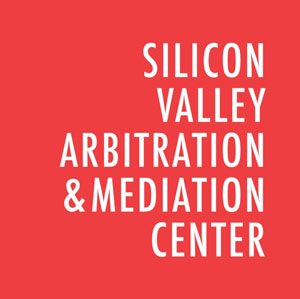I recently completed the London School of Economics and Political Science (LSE) course in Business, International Relations and the Political Economy. A requirement for the course was to draft an essay on how a business continues to create value in response to a changing global environment using Professor Pankaj Ghemawat’s AAA Global Strategy Framework. While many of my classmates chose Google, Amazon and Alibaba, I selected my company– Schiefelbein Global Dispute Resolution (GDR). My intent in this article is to share how the AAA Global Strategy Framework– adaptation, arbitrage and aggregation is used to sustain value in my arbitration practice.
The international arbitration process requires the parties to a dispute to select one or three arbitrators. This selective process is competitive and is conducted by law firms, arbitration institutions and multinational enterprise corporate counsel. GDR’s strategy is to differentiate itself by providing a specialization in technology, energy, aerospace and aviation disputes built on its founder’s dispute resolution experience and name recognition as VP and Deputy General Counsel of an multinational enterprise corporation.
Adaptation Strategy
Adaptation strategy meets the needs of the local market by espousing local responsiveness. International arbitrations are conducted under the rules of arbitration institutions. Examples of such institutions include The Court of Arbitration of the International Chamber of Commerce in Paris and the Korean International Arbitration Center in Seoul. The arbitration institution’s rules are not uniform; each institution has marked differences in process and procedure. GDR’s strategy aligns with the adaptation framework through constant study of local rules and by participation in person, at seminars and conferences to display independent knowledge of jurisdictional rules.
Arbitrage Strategy
Arbitrage strategy refers to the exploitation of comparative advantages across regions. GDR markets its knowledge and expertise in international arbitration in the Pacific Rim, the United States, Canada and Europe– the traditional centers for international arbitration. Located in Silicon Valley, GDR is in the Pacific Rim region that extends from California to Hong Kong to Sydney. The synergy gained is a better understanding of cultural norms and business practices. For example, the One Belt One Road initiative dominates parts of China and Southeast Asia– knowledge of the projects and participants provides a comparative advantage in arbitrator selection. Further, GDR has leveraged experienced gained in arbitrations seated in Paris, London and Geneva as a comparative advantage in arbitrator selection.
Aggregation Strategy
Aggregation strategy integrates operations to maximize the sharing of resources, knowledge and processes to encourage innovation and the sharing of knowledge. GDR works on a global basis to design and improve its arbitration practice. GDR is a member of a number of legal and arbitration associations that foster optimum arbitration practices. Examples of such associations include the Silicon Valley Arbitration and Mediation Center, a non-profit that advocates arbitration and mediation for technology disputes, and the AAA/ICDR specialty panel on aviation, aerospace, and national security. With the stroke of a key and a good internet connection, GDR can meet with colleagues across the globe. The research and development of the arbitration practice is accomplished in the aggregate while the delivery of the practice follows an adaptation and arbitrage strategy.
Last Look
GDR is a think tank. The arbitration practice is continuously being evaluated to provide optimal value in selecting Les Schiefelbein as an arbitrator. The differentiation in terms of arbitrator selection is based on subject matter knowledge, experience as an arbitrator, reputation for integrity, familiarity with the applicable law and procedures, and trustworthiness. The AAA Global Strategy Framework is a practical and flexible guide for GDR to use in continuing to tailor its world-class international arbitration practice.
If you have a comment on the AAA Global Strategy Framework, or a thought on your arbitration strategy, please send me an email at les@schiefelbeingdr.com.

